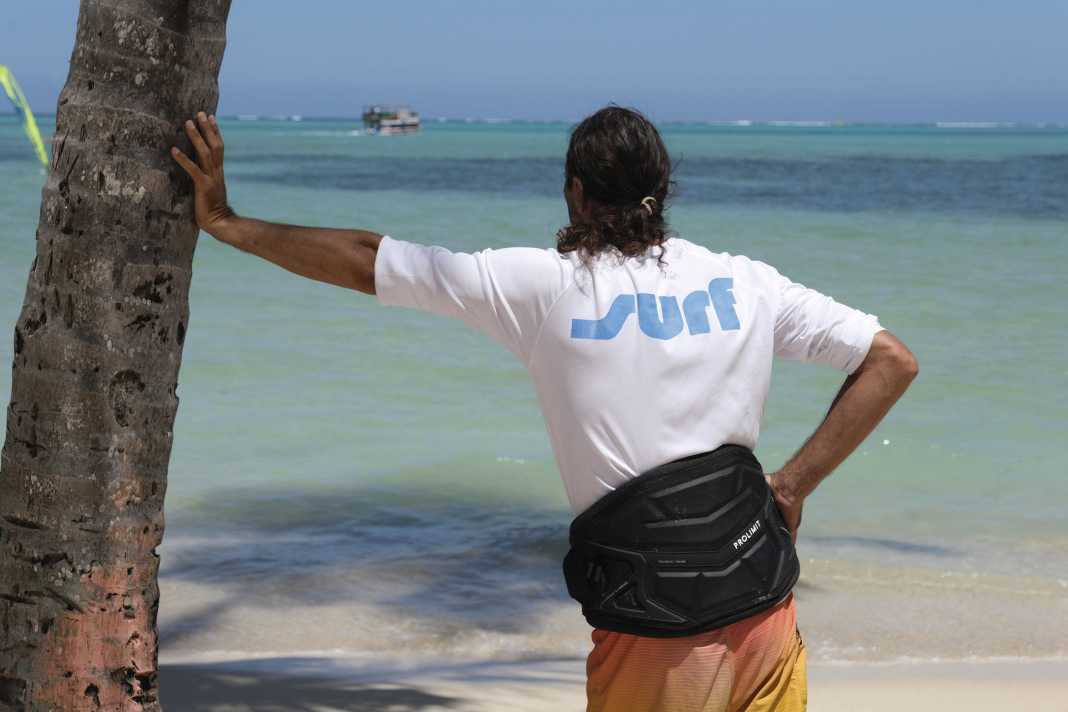



Seat harness or waist harness?
Seat harnesses, which are equipped with leg straps and offer a slightly lower hook position, can take the strain off your back during longer surf sessions. As the name suggests, you "sit" more in the sail instead of carrying the entire weight with your lower back, as is the case with a waist harness. In turn, waist harness fans report a kind of supportive effect in the lumbar spine area, which they miss when surfing with seat harnesses. Ultimately, the choice of harness for experienced windsurfers is a question of personal taste and not an absolute right or wrong. Ideally, you should try out both types of harness - most people quickly realise which one is right for them. For beginners, however, it can be said that waist harnesses are generally more suitable, as the higher hook position makes it easier to hook in and out and the harnesses without leg straps generally allow more freedom of movement. This is why you see seat harnesses more often in the freeride and racing sector, while waist harnesses are used almost exclusively in the freestyle and wave sector.
Fit and size of the harness
When you put it on for the first time, you usually quickly notice whether the harness moulds to your body shape or not. If something doesn't fit properly when you try it on for the first time or only presses slightly, this usually doesn't improve when surfing. Then it's better not to buy! Women in particular should make sure that they don't buy a men's harness, but a model for ladies that always has customised ergonomics.
Hard or soft shell?
The hardness of the shell is also a matter of taste: hard shell models should provide maximum back support and better force distribution, while the softer harnesses offer ideal freedom of movement. Even if a soft harness often seems more comfortable at first, it can quickly reach its limits (especially in combination with large, powerful sails). The harness becomes deformed and the back is pressed through the soft material. A hard shell, on the other hand, can withstand the forces, but can also cause pressure points and discomfort much more quickly. Hard-shell harnesses in particular must fit like a glove - buying blind is not an option in this case.
More windsurfing basics:
